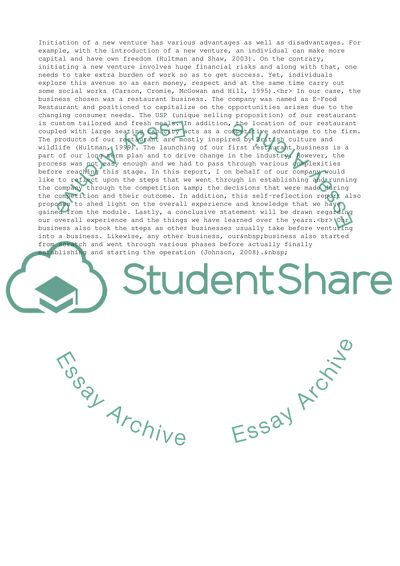Cite this document
(“Personal Project Essay Example | Topics and Well Written Essays - 2000 words”, n.d.)
Retrieved from https://studentshare.org/business/1625596-personal-project
Retrieved from https://studentshare.org/business/1625596-personal-project
(Personal Project Essay Example | Topics and Well Written Essays - 2000 Words)
https://studentshare.org/business/1625596-personal-project.
https://studentshare.org/business/1625596-personal-project.
“Personal Project Essay Example | Topics and Well Written Essays - 2000 Words”, n.d. https://studentshare.org/business/1625596-personal-project.


